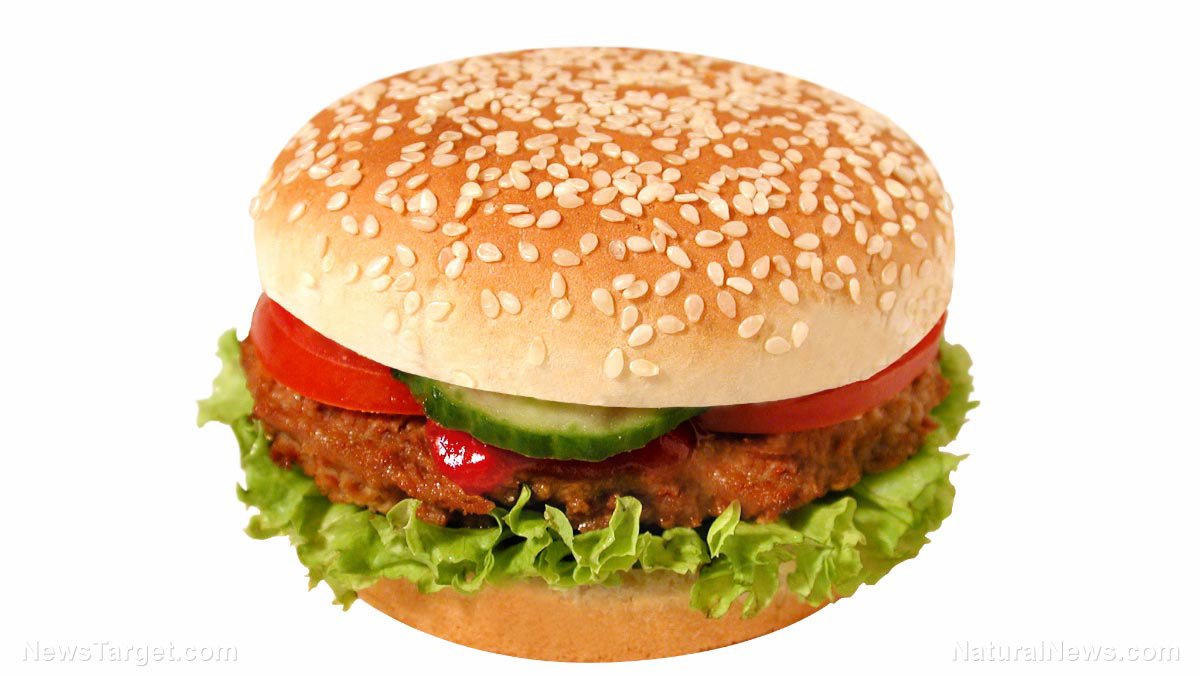
Advertisement
Nearly a decade ago, Mike Adams, the Health Ranger, stressed the dangers of trisoclan. The Natural News report stated that the toxic chemical can promote cancer and has a host of other unwelcome side effects
Mike Adams was right.
Adams also deemed it “shocking” that triclosan had already been used for thirty-five years in antibacterial soaps, mouthwash, toothpaste, cosmetics, deodorant as well as a bevy of other everyday products that millions come into contact with: fabrics, cleaning supplies, bedding, socks, trash bags and more. In 2007, Adams stated, “The widespread use of triclosan is now known to create the risk of breeding new, resistant superbugs that may be far more dangerous to human health than the original germs killed by triclosan in the first place. My advice to consumers is to avoid all products containing triclosan.”
Finally, in 2016, the FDA has banned triclosan and its cousin triclocarban, along with 17 other lesser known chemical additives from “over-the-counter (OTC) consumer antiseptic wash products.”
Is there a connection between the triclosan in our bodies and antibiotic resistance?
In their press release, the FDA admitted that there was “no scientific evidence” that washing with an anti-bacterial soap was any “better than plain soap and water.” They also reported that the long term use of these products “may do more harm than good.” There’s no doubt that harm has already occurred. Scientific American tells us that triclosan acts more like an antibiotic, in that it indiscriminately weakens and kills microorganisms. Physicians for Social Responsibility reports that triclosan has been found in 97 percent of breast milk samples . . . and in the urine of nearly 75 percent of people tested.” And it’s found in the streams and rivers of America too. Sadly, triclosan is listed “as one of the seven most frequently detected compounds.”

Take the Health Ranger’s advice. Avoid all products with triclosan.
Since the ban was targeted only toward consumer anti-bacterial soaps, there are still hundreds, if not thousands of products that still use triclosan. One is Colgate Total toothpaste. As reported by The New York Times, the parent company submitted over 100 toxicology studies to the FDA when Colgate Total first came to market, which they still claim as proof of product safety. In 2013, the FDA asked anti-bacterial soap manufacturers to provide the same sort of clinical proof. What they received wasn’t sufficient. This FDA final rule, published in the Federal Register on September 6, 2016, merely applies to a little over 700 products. Their manufacturers will have one year to remove the offending chemicals.
This is good news, and it’s a small step forward. We need many more.
The action on the FDA ban clearly demonstrates the fact that no matter what the chemical, the FDA doesn’t do any testing on its own and changes can take decades. It fully relies on the manufacturer of the product for their own data, clinical research and safety studies. It is the corporation, or the manufacturer who has to prove the efficacy, safety or superior nature of the product in question. According to Statista.com, the United States produces more chemicals than any other nation in the world. It’s a multi billion dollar industry that includes agricultural herbicides, pesticides and pharmaceuticals.
Our only choice is to enact personal bans of as many chemicals as we can. Our choices matter, and our dollars count. Spend them wisely.
Sources:
Submit a correction >>
This article may contain statements that reflect the opinion of the author
Advertisement
Advertisements















